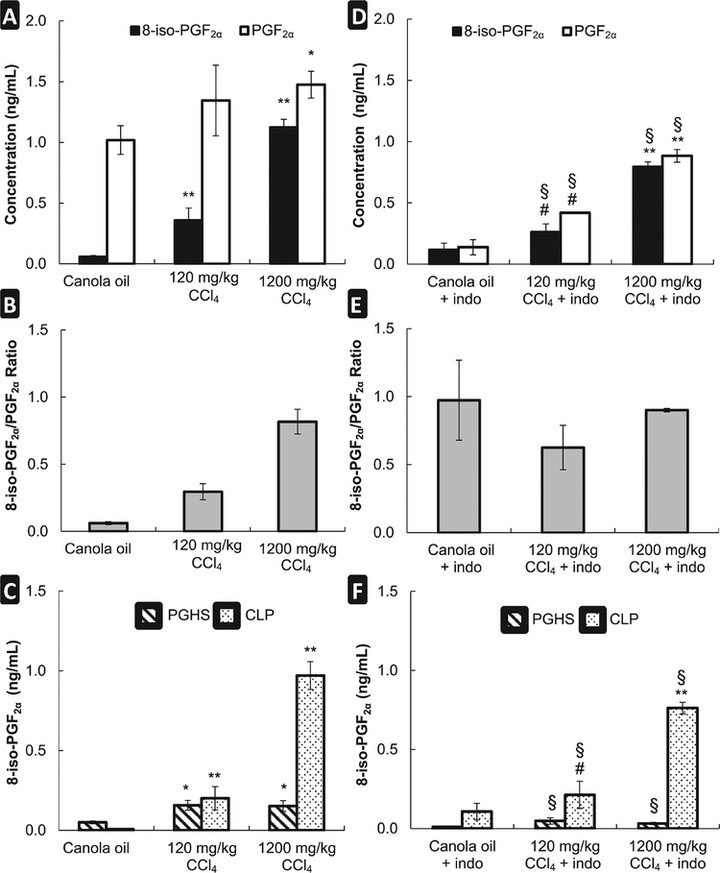Reinterpreting the best biomarker of oxidative stress: The 8-iso-prostaglandin F2α/prostaglandin F2α ratio shows complex origins of lipid peroxidation biomarkers in animal models

Abstract
Oxidative stress is elevated in numerous environmental exposures and diseases. Millions of dollars have been spent to try to ameliorate this damaging process using anti-oxidant therapies. Currently, the best accepted biomarker of oxidative stress is the lipid oxidation product 8-iso-prostaglandin F2α (8-iso-PGF2α), which has been measured in over a thousand human and animal studies. 8-iso-PGF2α generation has been exclusively attributed to nonenzymatic chemical lipid peroxidation (CLP). However, 8-iso-PGF2α can also be produced enzymatically by prostaglandin-endoperoxide synthases (PGHS) in vivo. When failing to account for PGHS-dependent generation, 8-iso-PGF2α cannot be interpreted as a selective biomarker of oxidative stress. We investigated the formation of 8-iso-PGF2α in rats exposed to carbon tetrachloride (CCl4) or lipopolysaccharide (LPS) using the 8-iso-PGF2α/PGF2α ratio to quantitatively determine the source(s) of 8-iso-PGF2α. Upon exposure to a 120mg/kg dose of CCl4, the contribution of CLP accounted for only 55.6±19.4% of measured 8-iso-PGF2α, whereas in the 1200mg/kg dose, CLP was the predominant source of 8-iso-PGF2α (86.6±8.0% of total). In contrast to CCl4, exposure to 0.5mg/kg LPS was characterized by a significant increase in both the contribution of PGHS (59.5±7.0) and CLP (40.5±14.0%). In conclusion, significant generation of 8-iso-PGF2α occurs through enzymatic as well as chemical lipid peroxidation. The distribution of the contribution is dependent on the exposure agent as well as the dose. The 8-iso-PGF2α/PGF2α ratio accurately determines the source of 8-iso-PGF2α and provides an absolute measure of oxidative stress in vivo.